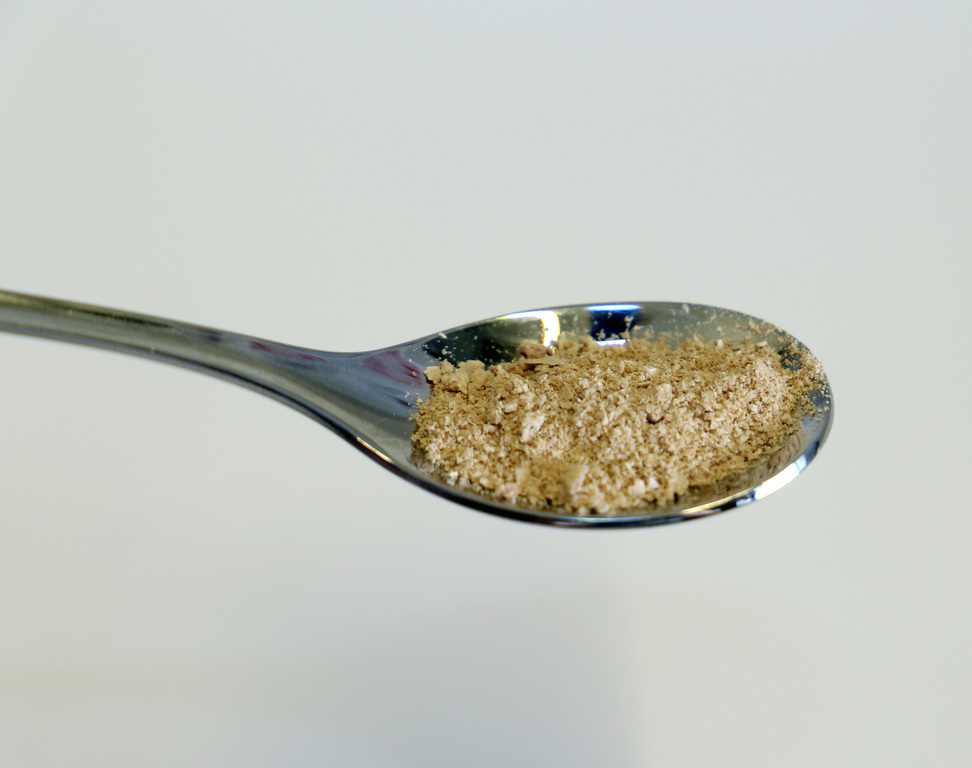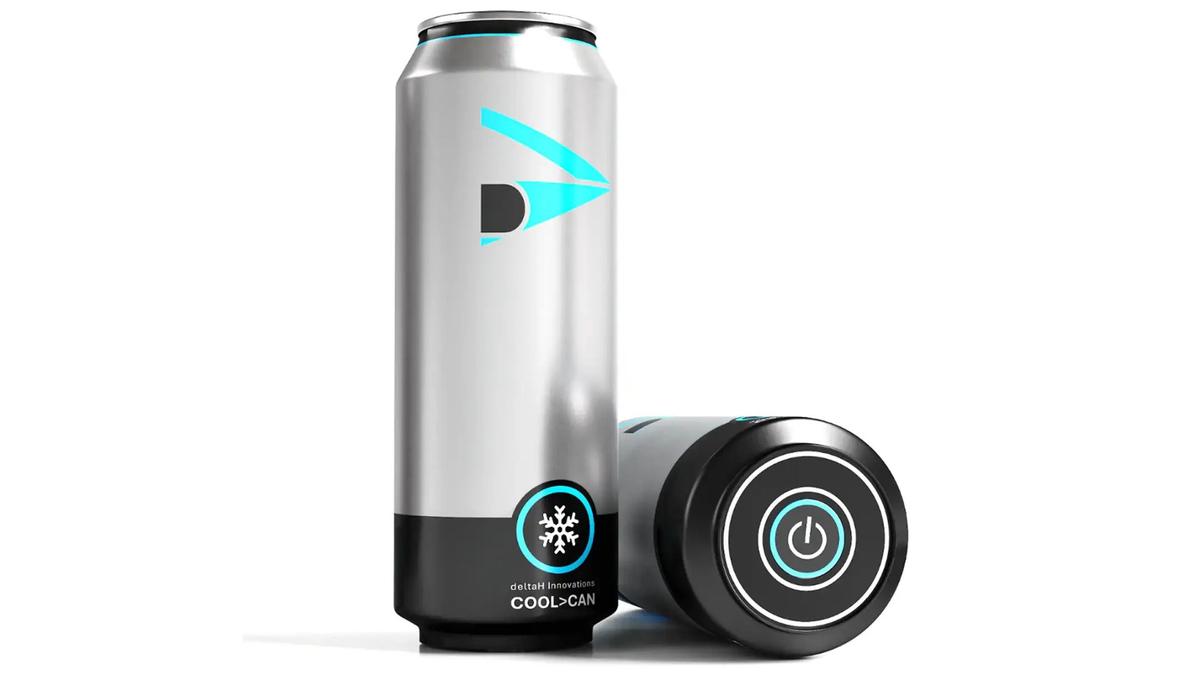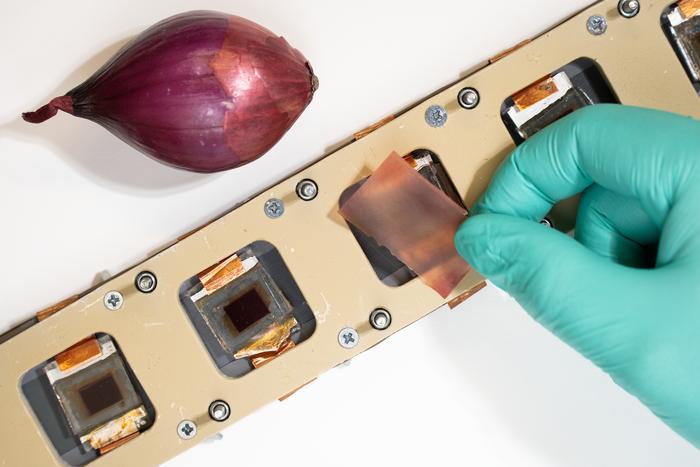Scientists Just Turned Electricity Into Food To Fight World Hunger

Photo courtesy of the Lappeenranta University of Technology.
Apparently, we can now create food out of electricity.
A team of researchers from the Lappeenranta University of Technology (LUT) and VTT Technical Research Centre of Finland have teamed up to create a bioreactor that a batch of “single-cell proteins” that can later be converted into food and animal feed.
According to VTT Principal Scientist Juha-Pekka Pitkänen, the raw materials needed for this conversion (water, microbes, and carbon dioxide) to occur are available from the air, meaning that as this technology continues to develop, we could one day be sustaining ourselves using the air we breathe.
The bioreactors utilize electricity to develop the protein, which can then be either converted into fodder used for crop production or animal field, or further zapped into a mix of protein, carbs, fats, and nucleic acids that can be a potential food source for regions of the world that suffer from famines. It’s 10 times as efficient in energy usage as the natural process of photosynthesis, meaning that LUT and VTT’s protein-zap method uses energy better than plants do.
Unfortunately, the technology will take time to become commercialized and more feasible, with some estimates saying it could take at least a decade before this hunger-saving technology is possible. But when it is ready to be unleashed onto the world, we could potentially end every single famine on the planet. What a great step forward for the future of food.






















